

Gaijin Entertainment's War Thunder has been making a lot of progress since launching into the open beta phase just over two years ago. What started out as a pure dogfight simulation has been fleshed out with tanks and currently US ground forces are being added (closed beta testing). Unlike Gaijin's previous dogfight sims IL-2 Sturmovik: Birds of Prey and Birds of Steel, War Thunder was planned as a free-to-play from the start, and the idea was always there to mix ground and air combat. Additionally it offers both more accessible arcade action for casual players as well more advanced modes for veterans of the sim genre.
The new American tanks are being added on a weekly basis, Gaijin Entertainment's head of PR Alexander Trifonov explains why they are taking such a measured approach.
"The Steel Generals update is a huge experiment for us and our players. This time, we wanted to test the new nation together with our community, to ensure that all US tanks will be fine-tuned and balanced when the whole line-up will become available to majority of players later this year."

Speaking of the balance, the game is getting big. We were particularly interested to find out how the studio manages to keep things on an even keel, especially with so many different options on the field at any one time.
"The number of different vehicles in War Thunder is almost 500, and it is indeed hard to balance all of them. For example, historical match-up isn't viable option except for some in-game events. In regular battles, you can't simply allow all planes or tanks produced in 1942 to fight each other - some vehicles will simply outclass others as it was during the real WWII where every nation tried so hard to get an upper hand. It would be realistic, sure, but not fun to those players who are using outdated machines and can't penetrate enemy's armour at all for example."
"Because of this, we implemented Battle Ratings system, where every plane or tank has a special rating based on its performance, according to our internal statistics. So the players are thrown into match-ups where they have a real fighting chance and we can easily adjust the Battle Rating for balancing without altering the real characteristics of the vehicles (which would be against our ultimate goal - realism and authenticity)."
War Thunder was one of the early free-to-play titles on PlayStation 4, and although there were some issues with UI following release, it was still a faithful port of the PC original. Trifonov talked us through that process and how the audience is adapting to the novelty of free-to-play on console.
"We have a long history of console development and War Thunder is using our proprietary multiplatform Dagor engine," explains Trifonov. "So, when we reached the agreement with Sony Computer Entertainment, the process of porting to PS4 took only a few months. PS4-version is showing good results, and it is very new concept to console players - the game that you can play for free, which always evolves and brings something new even since the year has passed since launch."
We knew from previous comments made by the studio why they hadn't brought the game to Xbox One, but we asked again whether there were plans to bring the game to that platform.
"For the well-being of the online game, you need a certain number of players - otherwise you won't have enough people to fill all of the game modes and vehicle tiers and the game will die down. When the new generation of consoles arrives, there is no existing playerbase, and this is why we implemented cross-platform multiplayer in PS4-version of War Thunder - this way, we can use millions of PC-players to create a single healthy environment. Like we always stated, Xbox One is a powerful hardware, but Microsoft hadn't set up its mind about cross-platform or free-to-play model back in 2013 when the system launched - maybe time will change that, who knows. Of course, install base of Xbox One naturally increases, so sooner or later it won't be an issue."
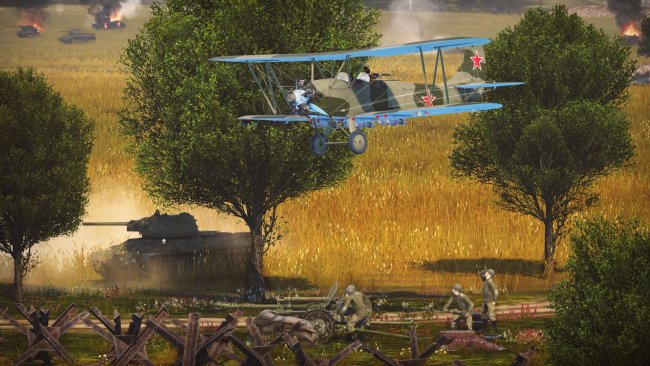
There is a tendency to think that free-to-play titles aren't pushing the envelope in terms of innovation, but War Thunder have been among the first commercial games to support Oculus Rift prototypes and various other cutting edge tech like head tracking. Currently the VR revolution is in a bit of a holding pattern as we await more powerful consumer models, so we thought we'd ask Gaijin where they're at with their VR plans.
"The thing with VR is that there isn't single mass-market device and all of existing VR-solutions are prototypes for enthusiasts. And while it stays this way, there isn't a lot of incentive for other developers to spend the limited resources on these platforms. War Thunder being a flight simulation game helps a lot because this genre is suited for VR very well. With proper hardware like flightsticks and pedals, you can reach immense level of immersion. Currently resolution and latency still have plenty of room for improvement, and you can't play the game competitively even with Oculus Rift DK2. According to what we have seen, Crescent Bay seem to be an answer, we can't wait to get our hands on it!"
One thing that we find interesting is whether players are nationalistic in their choice of hardware as they do battle in War Thunder. Do Russians tend to prefer Russian planes and tanks? And do Germans stick with axis gear? We put that to Trifonov.
"We have a lot of statistics, of course, and the choice of the country isn't always about nationality of the player. Of course, most of new players initially choose their national vehicles, but some of new players follow the advice on forums or guides and start with the country that is best suited to their needs. There are also a lot of users who are in love with Spitfires or Mustangs and chose their starting nation based on this affection. And anyway, it's only about starting choice - after that, most of the players diversify and try all of the nations to see different playstyles."
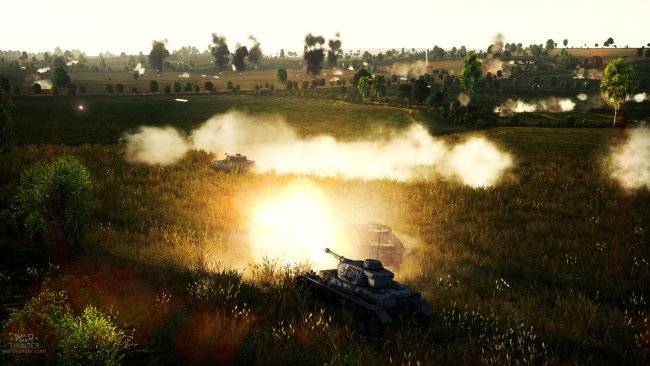
The Gaijin Entertainment that embarked on the War Thunder project isn't the same Gaijin Entertainment as today, the nature of producing a live service as opposed to developing boxed products puts new demands on the company.
"All of us learned a lot during these years," says Trifonov. "From a single office in Moscow, we extended to 5 cities in Russia and Europe and more than 100 people working on War Thunder and other projects. For us, it was the only way to stay independent and self-funded, and success of War Thunder will allow us develop a lot more new exciting titles."
What are their plans looking forward? What's next for War Thunder? Trifonov said: "There is a lot in line in 2015 for War Thunder - British tanks, new planes or even nations, in-game tournaments system and other new features. And of course, we're thinking about some new projects. Stay tuned!"
War Thunder is free-to-play and available to download now. If blowing up tanks and planes sounds like your thing, you can register for the game by heading this way.
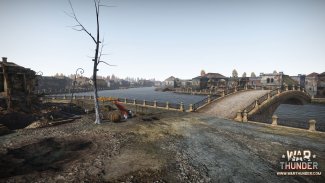
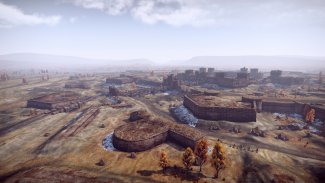





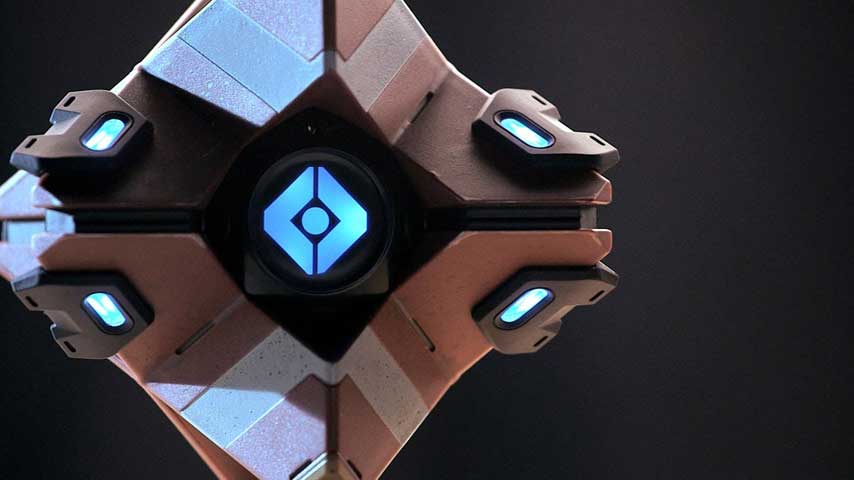
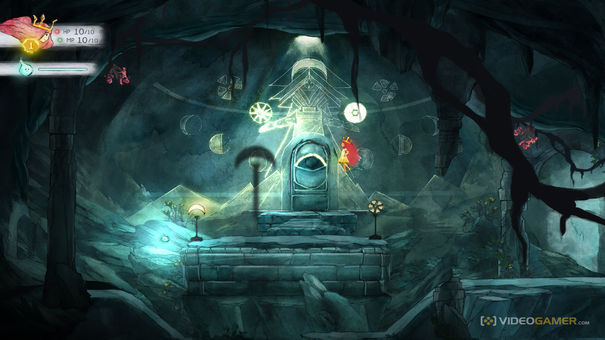
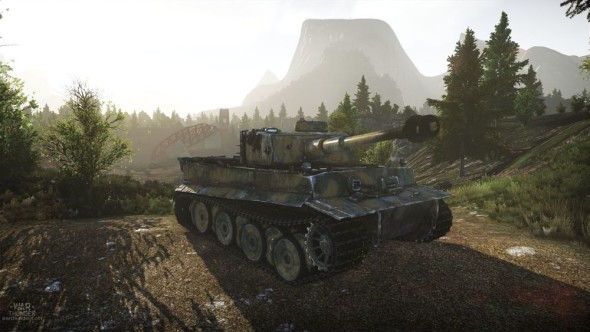
 Darksiders 2: Forge Lands Side Quest Guide
Darksiders 2: Forge Lands Side Quest Guide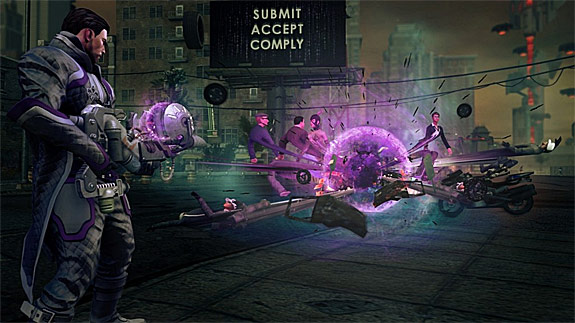 Saints Row IV – Unlocking the Singularity Gun
Saints Row IV – Unlocking the Singularity Gun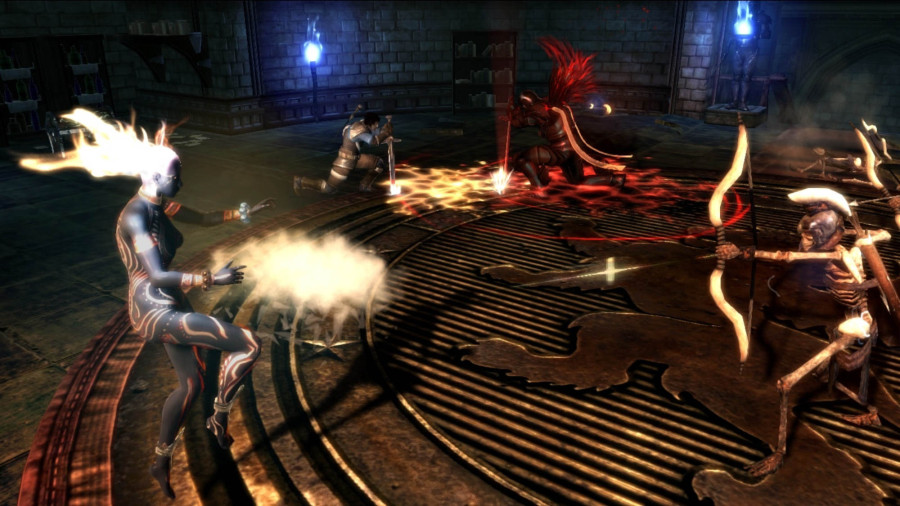 Dungeon Siege 3: How To Beat Warbeast
Dungeon Siege 3: How To Beat Warbeast . Plays May 20, 2012
. Plays May 20, 2012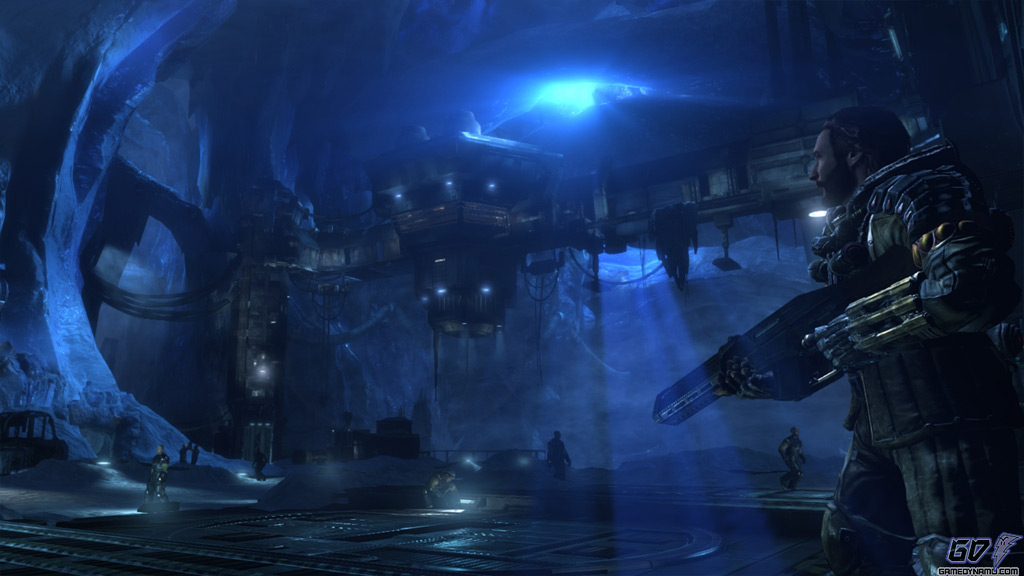 Lost Planet 3 Thermal Posts (T-Posts) Locations Guide
Lost Planet 3 Thermal Posts (T-Posts) Locations Guide